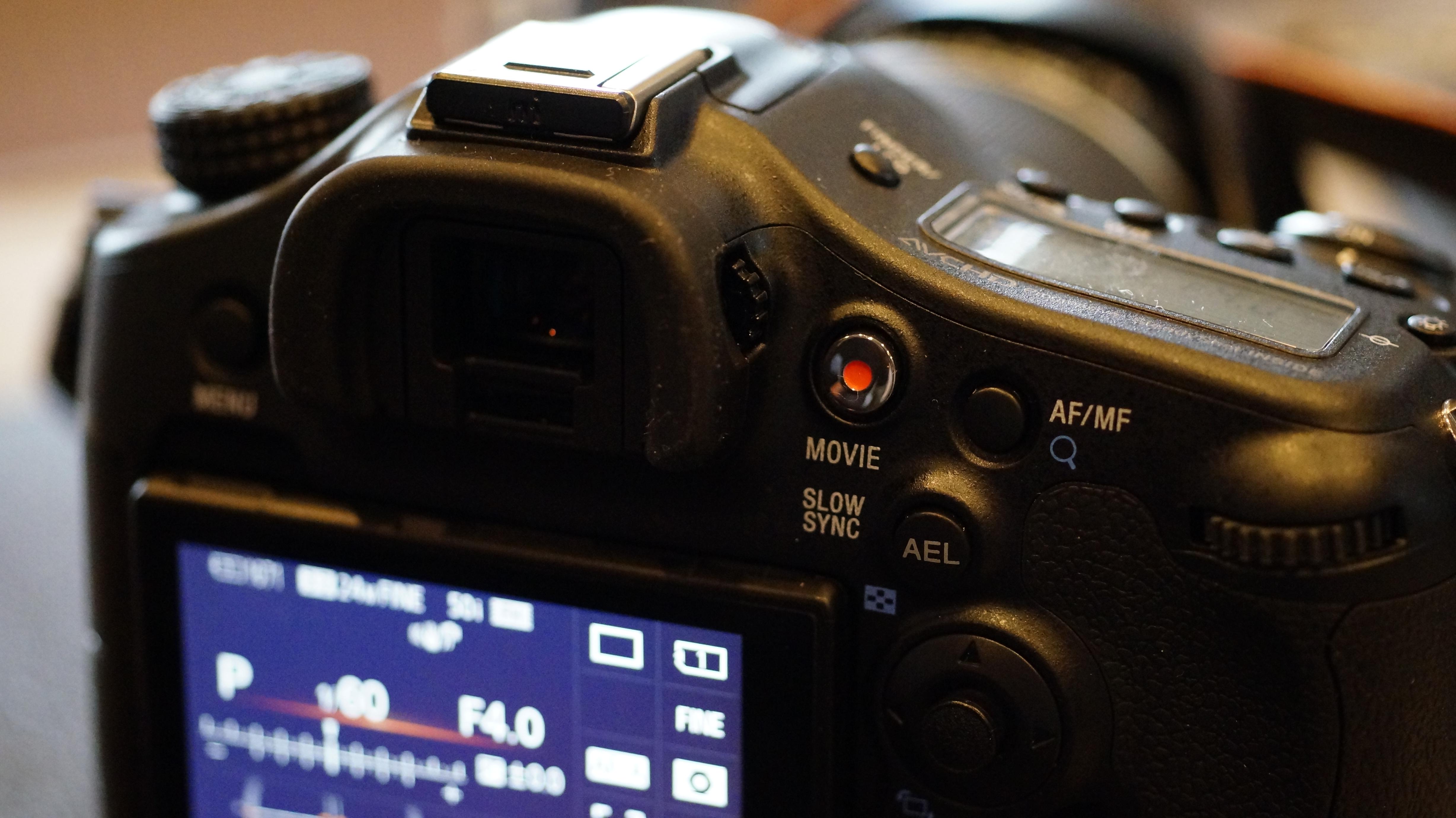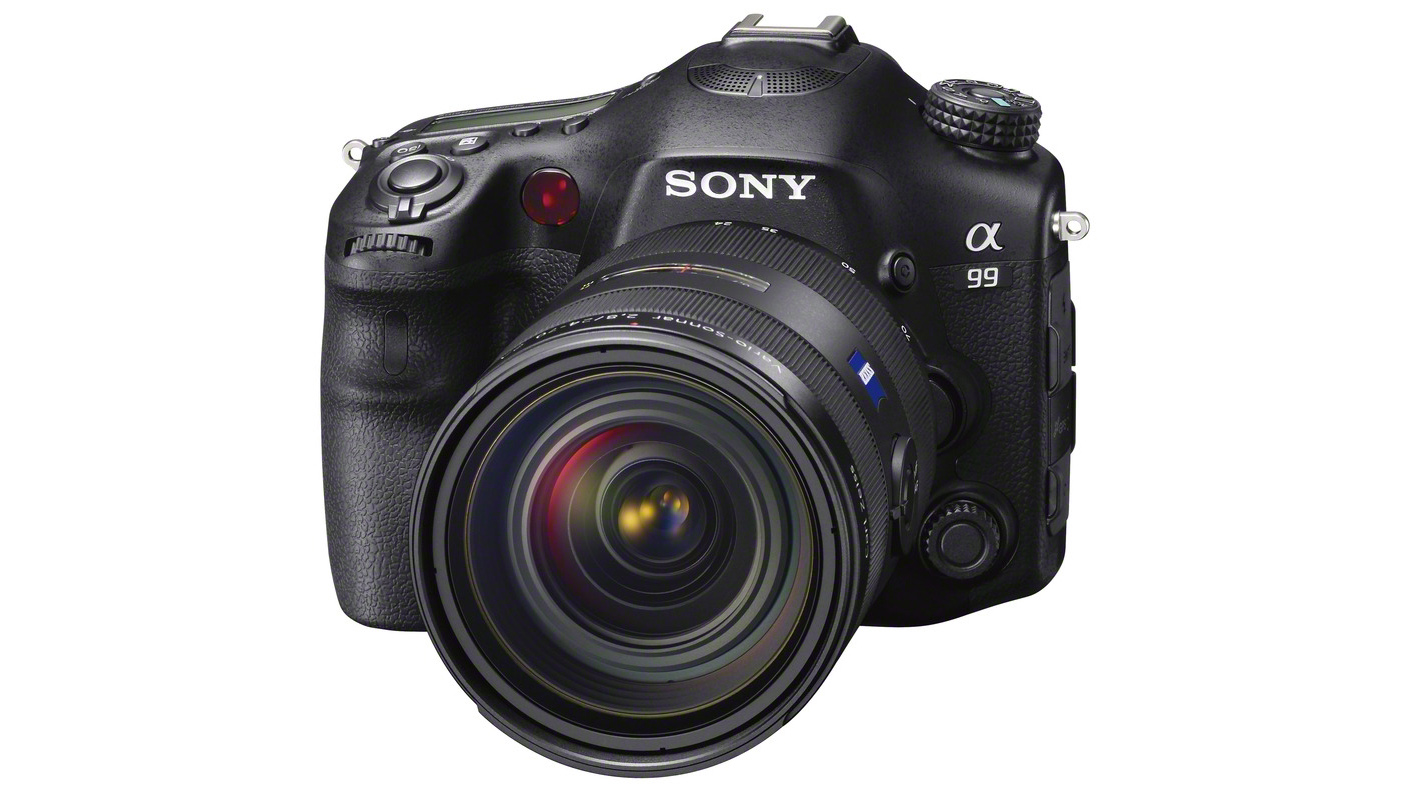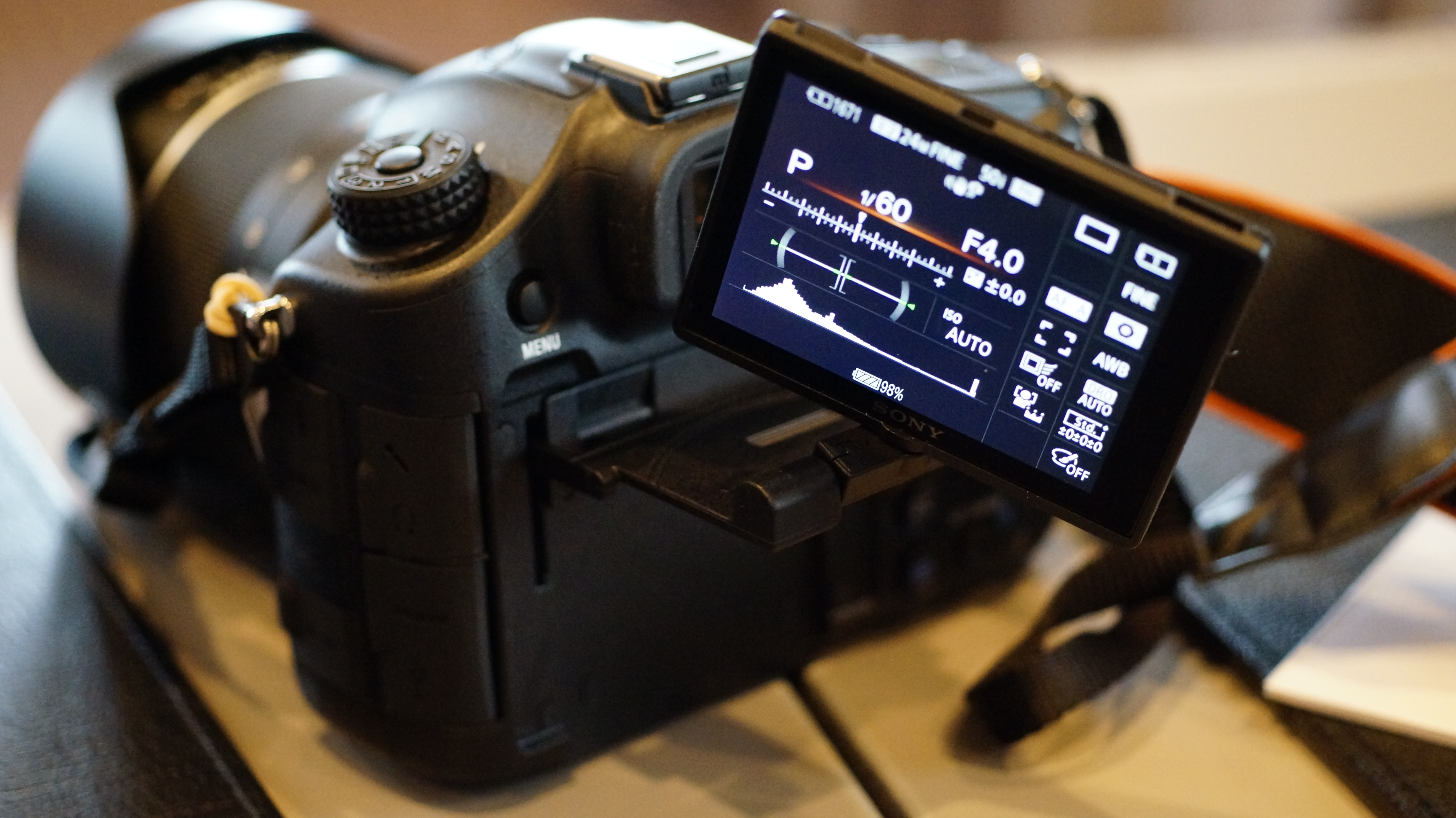Why you can trust TechRadar
Having a full-frame sensor gives the 24.3 million pixels a bit more room, and this enables the Sony Alpha a99 to capture high quality images with lots of detail - especially in raw files.
Noise is well controlled up to around ISO 3200, but at ISO 6400 there's a sharp jump, which in JPEGs manifests itself as a loss of detail and in raw files as an increase in coloured speckling if you process the files to reveal more detail.
Nevertheless, the Sony Alpha a99 can hold its own against the Canon EOS 5D Mark III and Nikon D600 and Nikon D800. It compares especially well at the lowest sensitivity settings (ISO 50 and 100).

What is less impressive, however, is the Sony a99's autofocus system. In good light and with a high quality lens such as the Sony 24-70mm f/2.8, it is pretty quick, but the light level only needs to drop a little for it to slow and become less decisive.
Even with a high-quality lens mounted, the linear AF points (ie non-cross-type) often lack the sensitivity required to get the subject sharp quickly.
It's also frustrating that the selectable AF points are grouped near the centre of the frame so you often have to use the focus and recompose technique.

And, although the Object Tracking mode works pretty well, the start point is restricted to the centre of the frame and it can't be selected when shooting raw files.
Sign up for breaking news, reviews, opinion, top tech deals, and more.
The extent of any lens hunting can be reduced by using the AF Range option, which has a dedicated button on the back of the camera.
This enables you to restrict the focusing distance of the lens between the closest focusing point and infinity. Intermediate distances are indicated in the AF Range scale, depending upon the lens mounted.

This is an especially useful feature for macro photographers who prefer to let the camera focus the lens, and for sports photographers who want to avoid the lens focusing on objects that pass between the camera and the subject.
That said, the Alpha 99 isn't the full-frame camera that we would recommend for sports photography.
Better news is that the general purpose Multi Segment metering system performs well, as does the automatic white balance system. The camera generally turns out correctly exposed images with nicely saturated colours.

The Dynamic Range Optimiser (DRO) system is also on hand and effective at brightening shadows in very high contrast situations.
In addition, the in-camera HDR system is very effective, producing subtle effects at the lower settings and overtly HDR results when set to its 6EV maximum. However, HDR is a JPEG-only option, and only the final merged image is saved to the memory card.
On the subject of memory cards, like other full-frame cameras the Sony Alpha a99 has two slots, one for SD variants and the other for MemoryStick Pro Duo type cards.

With a Class 10 San Disk Extreme SDHC card installed, the Sony Alpha a99 was able to maintain full resolution shooting at 6fps for around 10 images. This is sufficient for most uses, especially bearing in mind the size of the files that a 24.3MP camera generates.
Video footage is also high quality, and in many cases the continuous AF system works well, bringing the subject smoothly into focus. However, more serious videographers are likely to opt to focus manually, using the focus peaking indicators to guide them.
